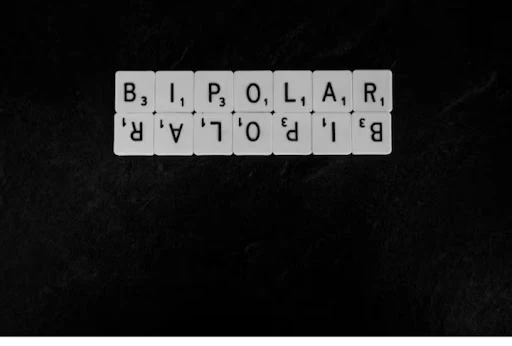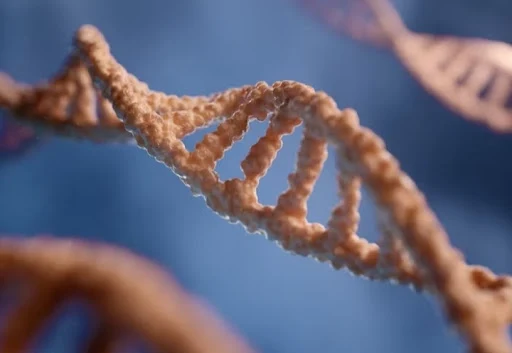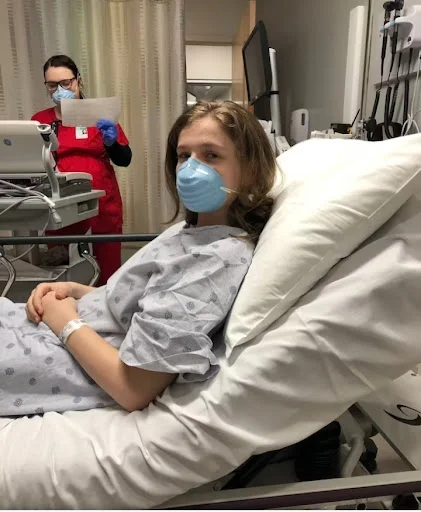BIPOLAR DISORDER: A SERIOUS MENTAL DISORDER
Around 40 million people worldwide suffer from server mental disorder Bipolar Disorder
Bipolar disorder formerly known as manic depression is a complex and challenging mental health condition that affects millions of people worldwide. It is characterized by extreme mood swings cycling between periods of mania and depression. In this article we will explore the potential causes of bipolar disorder and the various treatment options available to manage this condition effectively.
Understanding Bipolar Disorder
1. Types of Bipolar Disorder
There are several types of bipolar disorder but the two most common are bipolar I and bipolar II. Bipolar I involves severe manic episodes while bipolar II features milder manic episodes known as hypomania. Additionally cyclothymic disorder is a milder form of bipolar disorder with less intense mood swings.
2. Causes of Bipolar Disorder
The exact causes of bipolar disorder are not fully understood but several factors may contribute to its development.
Genetic Factors
Research indicates a strong genetic component in bipolar disorder. If a close family member has the condition the risk of developing it is higher.
Neurochemical Imbalances
Imbalances in brain chemicals particularly neurotransmitters like serotonin and dopamine are thought to play a role in bipolar disorder.
Environmental Triggers
Stressful life events trauma or major life changes can trigger the onset of bipolar disorder in individuals with a genetic predisposition.
Brain Structure and Function
Abnormalities in brain structure and function have been observed in individuals with bipolar disorder although the exact relationship is still being studied.
3. Signs and Symptoms
Bipolar disorder presents with a wide range of symptoms. Manic episodes often involve increased energy impulsivity and an elevated mood. Depressive episodes on the other hand are marked by low energy sadness and a sense of hopelessness.
Treatment Options for Bipolar Disorder
Managing bipolar disorder typically involves a combination of medication psychotherapy and lifestyle changes. The specific treatment plan may vary from person to person and it's essential to work closely with a mental health professional to find the most effective approach. Here are some key treatment components.
1. Medication
Mood Stabilizers
Medications like lithium valproic acid and lamotrigine can help control mood swings.
Antipsychotics
Some atypical antipsychotic drugs, such as aripiprazole and olanzapine can be used to manage manic and depressive symptoms.
Antidepressants
In some cases antidepressants may be prescribed but they are often used cautiously to avoid triggering manic episodes.
2. Psychotherapy
CognitiveBehavioral Therapy (CBT)
CBT can help individuals identify and manage thought patterns and behaviors that contribute to mood swings.
Interpersonal and Social Rhythm Therapy (IPSRT)
3. Lifestyle Adjustments
Regular Sleep Patterns Maintaining a consistent sleep schedule can help stabilize mood.
Stress Management
Support System
Building a strong support system of friends and family can be immensely beneficial.
4. Self-Care
Individuals with bipolar disorder can benefit from self monitoring their mood and seeking help if they notice signs of a mood episode.
Engaging in activities that promote relaxation and well-being, such as exercise and mindfulness practices can also be helpful.
5. Hospitalization
In severe cases or during acute manic or depressive episodes, hospitalization may be necessary to ensure the individual's safety and provide intensive treatment.
It's important to remember that managing bipolar disorder is an ongoing process. Medications may need adjustments and therapy can be a long-term commitment. With the right treatment plan and support many individuals with bipolar disorder can lead fulfilling lives.
Last words
Bipolar disorder is a complex condition with a combination of genetic neurochemical and environmental factors contributing to its development. Effective treatment involves a holistic approach including medication therapy and lifestyle adjustments. The key is early diagnosis and ongoing management to help individuals with bipolar disorder achieve stability and improved quality of life. If you or someone you know is dealing with bipolar disorder seeking professional help is the crucial first step on the path to recovery and wellbeing.
















Comments
Post a Comment
Thanks